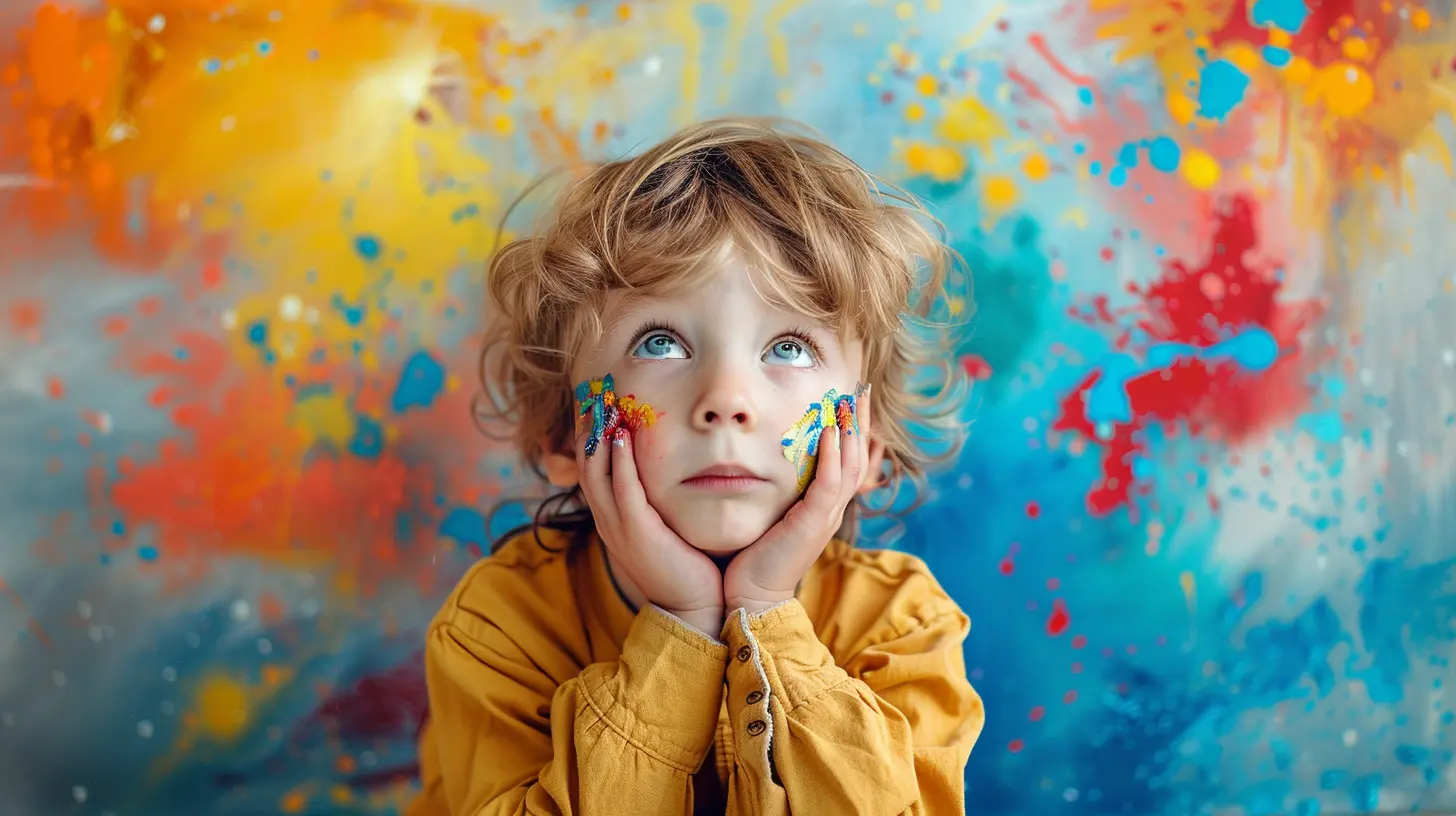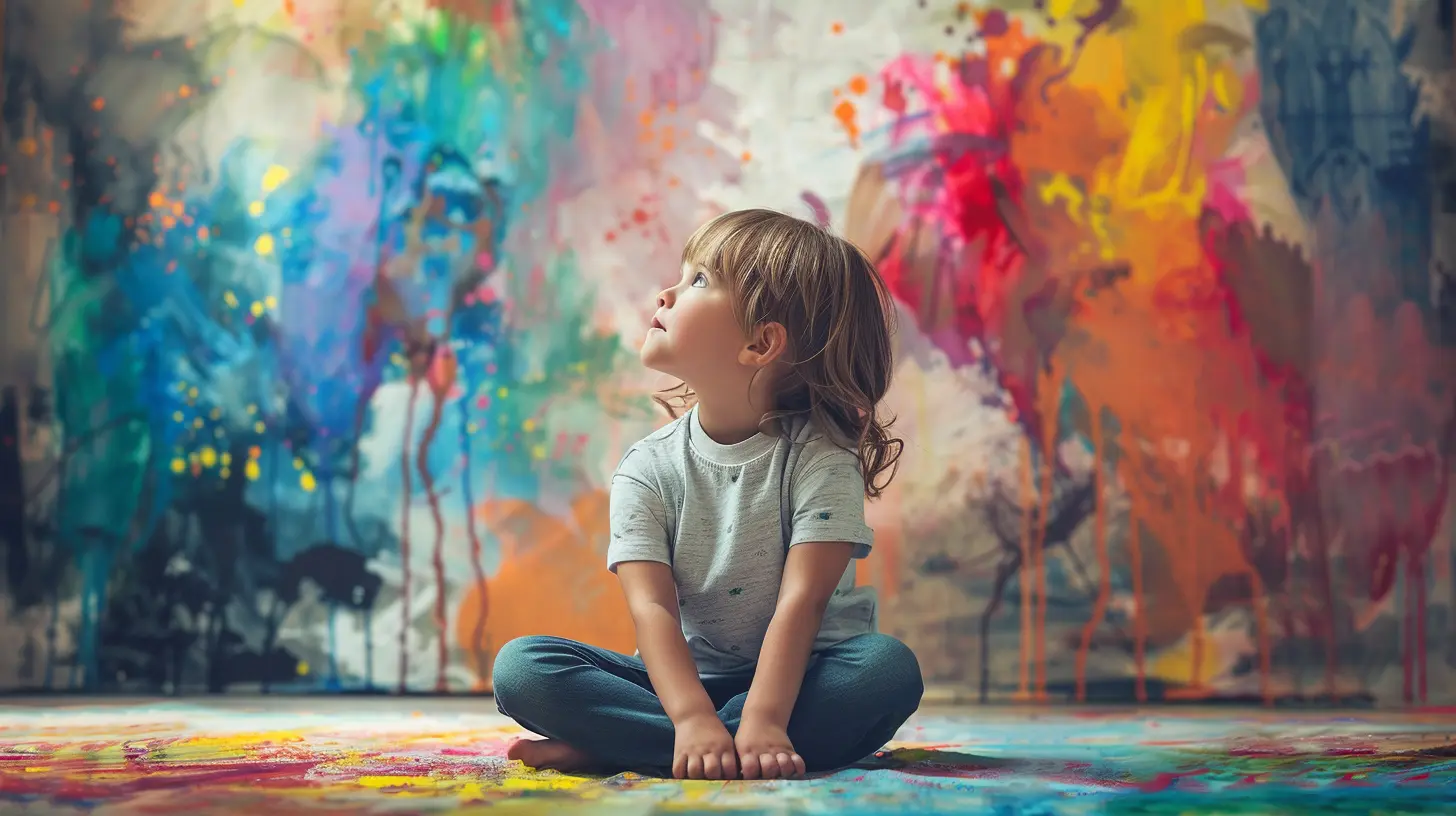Fostering Emotional Intelligence in Preschoolers
12 September 2025
Emotions can feel like a wild rollercoaster—especially when you're three years old and don't have the words to say, “I'm mad because my sock has an itch.” That’s where emotional intelligence comes in. It's not just some fancy psychology buzzword; emotional intelligence (or EQ) is the heart of helping kids understand themselves and others. And when we begin fostering emotional intelligence in preschoolers, we're giving them tools they’ll carry for life.
Let’s face it—preschoolers are little bundles of chaos and curiosity. But with the right guidance, they can become much more than just mini tantrum machines. Ready to dive into how you can help your little one grow their emotional brainpower? Let’s break it down together.
What Is Emotional Intelligence, Really?
Before we jump into the “how,” let’s get a solid grip on the “what.” Emotional intelligence is the ability to recognize, understand, manage, and express emotions—both your own and others'. Think of it as the emotional version of learning to tie shoes or ride a bike.There are five main components (courtesy of psychologist Daniel Goleman):
1. Self-awareness
2. Self-regulation
3. Motivation
4. Empathy
5. Social skills
Sure, those sound adult-ish, but believe it or not, toddlers are perfectly capable of building these foundational blocks—especially during the preschool years.
Why Start So Young?
You might wonder, “Isn’t preschool a bit early for this kind of emotional growth?” Nope! In fact, it’s the perfect time. Here's why:- Brain development is booming between ages 3 and 5.
- Habits are just forming—and that includes emotional habits.
- Preschoolers are natural mimics, so they pick up emotional cues quickly.
The earlier we start teaching emotional intelligence, the easier it is for kids to develop healthy coping mechanisms. Think of it like planting a tree—the younger it is, the easier it is to guide where and how it grows.
Spotting Emotions: The First Step Toward Awareness
Self-awareness starts with identifying feelings—simple as that. But for a preschooler, words like "frustrated" or "overwhelmed" don’t come naturally.So, how do we help them name what they feel?
Use Emotion Words Often
Start labeling emotions out loud during everyday moments. It’s kind of like introducing colors or animal names.Instead of just saying:
> “Stop crying.”
Try saying:
> “I see you're feeling sad because your toy broke.”
It puts a name to what’s happening inside them and helps them feel seen and heard.
Make It a Game
Ever heard of an "emotion wheel"? It’s a colorful tool that shows facial expressions and the feelings tied to them. Make guessing emotions a fun part of your day.> “Let’s play ‘Guess the Face!’ What do you think this little bear is feeling?”
It’s silly, it’s fun, and it's sneaky learning at its best.
Modeling Matters More Than You Think
Kids are tiny mirrors. If you’ve ever said something you didn’t mean to in a moment of frustration, only to hear it repeated in toddler-voice later, you know what I mean.So, when it comes to teaching emotional intelligence, modeling healthy behavior is one of the single most powerful tools you've got.
Keep It Real
We’re not talking about being perfectly calm 24/7—kids need to see real emotions. What matters is how you respond.If you’re feeling stressed, say:
> “I’m a little overwhelmed right now, so I’m going to take a few deep breaths.”
Boom. You’ve just demonstrated self-awareness and self-regulation.
Create a Safe Emotional Space
Kids need to know it’s okay to feel all the feels—not just the happy ones. Anger, sadness, jealousy? Totally normal. The goal isn’t to suppress emotions but to manage them.Validate, Don’t Dismiss
Instead of:> “You’re fine. Don’t cry.”
Try:
> “It’s okay to feel upset. I’m here with you.”
That one little change shows your child that feelings aren’t scary or wrong—they’re just human.
Teach Simple Coping Strategies
Once your child begins recognizing emotions, the next baby step is helping them manage those feelings. Here are some simple ways to teach emotional regulation without turning it into a lecture:1. Deep Breathing with Imagery
Breathe like a dragon. Or imagine you're blowing up a balloon. Make it imaginative!> “Let’s take three dragon breaths. In... out... just like a big, friendly dragon.”
2. The Calm-Down Corner
Instead of a time-out, create a cozy space with pillows, books, maybe a stuffed animal or fidget toy. Invite them to sit there when they feel overwhelmed—not as a punishment, but as a retreat.3. Use a Feelings Chart
Hang it somewhere visible. Let your child point to how they’re feeling. This visual cue helps them pause, reflect, and name their emotion before reacting.Build Empathy Through Everyday Situations
Empathy is the secret sauce of emotional intelligence—it’s what helps kids connect, share, and care. And the best part? You can build it through everyday interactions.Use Storytime for Social Learning
Books are magic. When reading with your child, pause and ask questions like:> “How do you think she feels right now?”
> “Why do you think the puppy is hiding?”
It turns reading into a two-way street and builds compassion.
Role Play Real-Life Scenarios
Grab some dolls, action figures, or even spoons. Pretend one character is sad or scared and ask your child what they could do to help.You’re basically playing therapist—but with toys.
Encourage Expression Through Play and Art
Preschoolers don’t always have words—but they’ve got imagination by the bucketload. Art, play, music—these are all powerful tools for expression.Let Them Draw Their Feelings
Give your child crayons and say:> “Can you draw what your day felt like today?”
You might end up with a scribble tornado or a happy rainbow... either way, it’s communication.
Create Puppets for Feeling Talk
Sock puppets, paper-bag friends—whatever works. Let the puppet express feelings and ask your child how to help them feel better. It’s storytelling meets therapy.Use Praise to Reinforce Emotional Skills
When you see your child navigating their emotions or showing empathy, call it out. Positive reinforcement is like Miracle-Gro for these skills.Instead of generic praise:
> “Good job!”
Try something specific:
> “I noticed you gave your friend a hug when she was sad. That was so kind.”
Suddenly, they realize that behavior matters—and they’ll want to do it again.
Prepare Them for Big Emotions in Advance
Life happens. Someone gets sick. A pet dies. A friend moves away. You can't protect your child from hard emotions, but you can prepare them.Use simple, age-appropriate language. Be honest, gentle, and open to questions. Let them know emotions are okay—even the ugly cry ones. Especially those.
Common Mistakes To Avoid
We’ve all been there. Here are a few common traps even the most well-meaning parents fall into:- Over-correcting or controlling feelings: “Don’t be mad!” instead of asking what’s making them feel that way.
- Ignoring your own emotional reactions: Your feelings matter too. Kids notice when we’re on emotional autopilot.
- Assuming emotional intelligence is innate: It’s not. It’s a learned skill—like riding a scooter or tying a shoe.
The Long-Term Benefits of Emotional Intelligence
So, you might be wondering—what’s the payoff here?Well, just about everything.
Children with strong emotional intelligence:
- Handle stress better
- Do better in school
- Form stronger relationships
- Develop resilience
- Communicate effectively
In other words, they become the kind of adults we all hope to be.
Final Thoughts: It Starts With Connection
Fostering emotional intelligence in preschoolers isn’t about turning your child into a tiny therapist. It’s about connection. It’s about giving them the tools to understand their inner world, so they can better navigate the outer one.And here’s the truth: you don’t have to get it perfect. Just being emotionally available, curious, and supportive makes all the difference.
You’ve got this. And more importantly—your little one does, too.
all images in this post were generated using AI tools
Category:
Parenting PreschoolAuthor:

Maya Underwood
Discussion
rate this article
1 comments
Ursula Sheppard
Thank you for this insightful article! Fostering emotional intelligence early is crucial for our children's growth and relationships.
September 24, 2025 at 3:16 AM

Maya Underwood
Thank you for your kind words! I completely agree—early emotional intelligence plays a vital role in children's development and future relationships.


